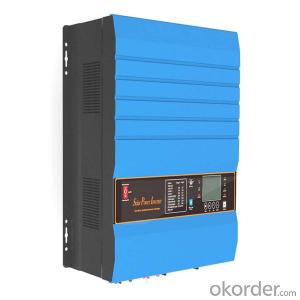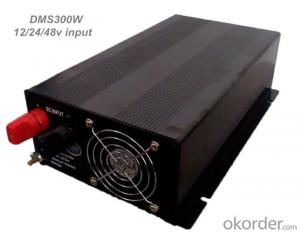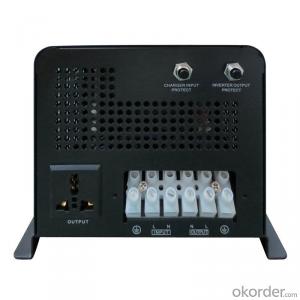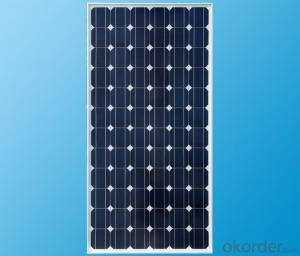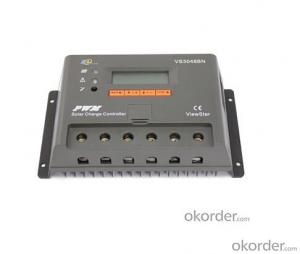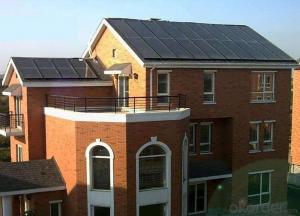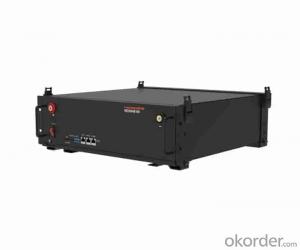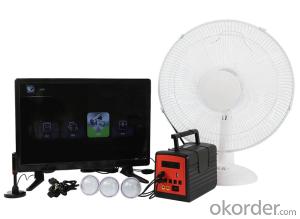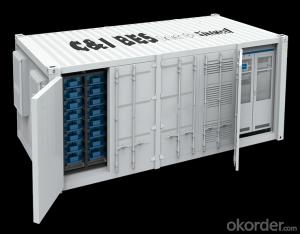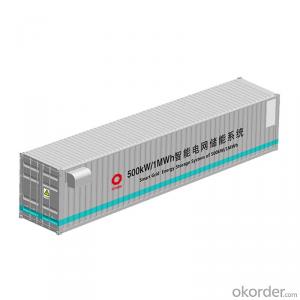Mpp Solar Inverter 48v
Mpp Solar Inverter 48v Related Searches
Solar Panel Inverter Function Solar Power Inverter 10kw Oem 5kw 48v Solar Inverter Pure Sine Wave Solar Inverter 48v Solar Inverter Charger 10kw Solar Edge Inverter Sine Wave Solar Inverter Mppt Solar Inverter 48v 48v Hybrid Solar Inverter 5kw 48v Solar InverterHot Searches
Type Of Inverter For Solar Types Of Inverter For Solar Used Solar Inverter For Sale Inverter Size For Solar System Solar Edge Inverter For Sale 5kw Solar Inverter For Sale Solar Inverter For Sale Solar Inverter For Battery Solar Inverter For Split Ac Solar Inverter For Laptop Solar Inverter For Fridge Solar With Inverter Price Solar Inverter With 2 Battery Solar Inverter Price In China Best Solar Inverter In China Solar Inverter Price In Dubai Solar Inverter Price In Uae Solar Inverter Price In Kenya Solar Inverter Price In Kerala Solar Hot Water Collectors For SaleMpp Solar Inverter 48v Supplier & Manufacturer from China
Okorder.com is a professional Mpp Solar Inverter 48v supplier & manufacturer, offers integrated one-stop services including real-time quoting and online cargo tracking. We are funded by CNBM Group, a Fortune 500 enterprise and the largest Mpp Solar Inverter 48v firm in China.Hot Products
FAQ
- Yes, solar energy systems can be used for powering agricultural machinery. Solar panels can generate electricity that can be used to power various agricultural equipment such as irrigation pumps, tractors, and crop dryers. This helps reduce the dependence on fossil fuels and lowers operating costs for farmers while promoting sustainable and eco-friendly farming practices.
- Yes, solar energy systems can be used to power irrigation systems. Solar panels can generate electricity that can be used to operate pumps and other equipment necessary for irrigation. This can provide a sustainable and cost-effective solution for powering irrigation systems, especially in remote areas where access to electricity is limited. Additionally, solar energy is renewable and does not produce greenhouse gas emissions, making it an environmentally friendly choice for powering irrigation systems.
- Yes, solar energy systems can be used to power mining operations. Solar energy is a renewable and sustainable source of power that can be harnessed to generate electricity. Mining operations, which often require a significant amount of energy, can benefit from solar energy systems in several ways. Firstly, solar panels can be installed on the roofs of mining buildings or on nearby land to capture sunlight and convert it into electricity. This electricity can then be used to power various operations within the mining site, such as lighting, ventilation systems, and machinery. By utilizing solar energy, mining companies can reduce their dependence on fossil fuels and lower their carbon footprint. Additionally, solar energy systems can be combined with energy storage solutions, such as batteries, to ensure a continuous power supply even when the sun is not shining. This allows mining operations to have a reliable source of electricity throughout the day and night, reducing the need for backup generators or relying solely on the grid. Moreover, solar energy systems can be particularly advantageous for remote mining sites that are located far away from the electrical grid. In such cases, installing solar panels and battery storage systems can provide a cost-effective and sustainable solution for powering mining operations without the need for lengthy transmission lines or expensive diesel generators. In summary, solar energy systems have the potential to be effectively used in powering mining operations. They offer a renewable and sustainable source of electricity, reduce reliance on fossil fuels, and can be combined with energy storage for uninterrupted power supply. By adopting solar energy, mining companies can not only reduce their environmental impact but also enhance their long-term sustainability and operational efficiency.
- Net metering is a billing system that allows solar energy system owners to receive credit for the excess electricity they generate and send back to the grid. When a solar system produces more electricity than is needed, the excess is fed into the utility grid, and the meter records this as a credit. During times when the solar system does not produce enough electricity, such as at night, the owner can use the credits to offset their electricity consumption from the grid. This way, net metering allows solar energy system owners to save money by effectively spinning their meter backward and only paying for the net amount of electricity they use.
- Typically, excess solar energy is either stored or returned to the grid. There are several methods available for storing excess solar energy, including the use of batteries, thermal energy storage systems, or converting it into hydrogen fuel. Battery storage systems are commonly employed in residential or commercial solar installations, where surplus energy can be stored in batteries during the day and utilized at night or during periods of low sunlight. Additionally, excess solar energy can be fed back into the grid through two processes known as net metering or feed-in tariffs. Net metering enables owners of solar energy systems to receive credit for the surplus energy they generate. This credit can be used to offset the energy they consume from the grid during times when their solar system is not producing enough energy. On the other hand, feed-in tariffs provide financial incentives for solar energy producers to sell their excess energy back to the grid at a predetermined rate. By effectively storing or returning excess solar energy, we can ensure that the generated solar power is not wasted and can be efficiently utilized. This contributes to a more sustainable and renewable energy future.
- Solar energy systems contribute to job creation in several ways. Firstly, the installation and maintenance of solar panels require skilled workers, such as electricians and technicians, creating employment opportunities in these sectors. Additionally, the manufacturing and supply chain of solar equipment employ a significant number of individuals. As the demand for solar energy continues to grow, so does the need for manufacturing, sales, and distribution jobs in the solar industry. Furthermore, the development and operation of large-scale solar farms create new positions in project management, engineering, and construction. Lastly, the shift towards renewable energy sources like solar power leads to a decrease in fossil fuel jobs but simultaneously opens up new prospects in the clean energy sector, fostering job growth and economic development.
- Yes, solar energy systems can be used to power electric bike charging stations. Solar panels can generate electricity from sunlight, which can then be used to charge electric bikes. This renewable and sustainable energy source is a great option for powering charging stations, reducing reliance on traditional energy sources and promoting eco-friendly transportation.
- Solar energy systems can be installed on any type of roof, be it flat, sloped, metal, shingle, or tile. Options for solar installation are available for each type of roof, though the installation process may differ depending on the roof type. For instance, flat roofs may necessitate mounting systems that tilt the solar panels for optimal sun exposure, whereas sloped roofs may require adjustable racking systems to ensure proper alignment. Moreover, before installation, it is essential to assess the condition and structural integrity of the roof to ascertain its ability to support the weight of the solar panels. In conclusion, while the methods for installation may vary, solar energy systems can indeed be installed on any roof type.


